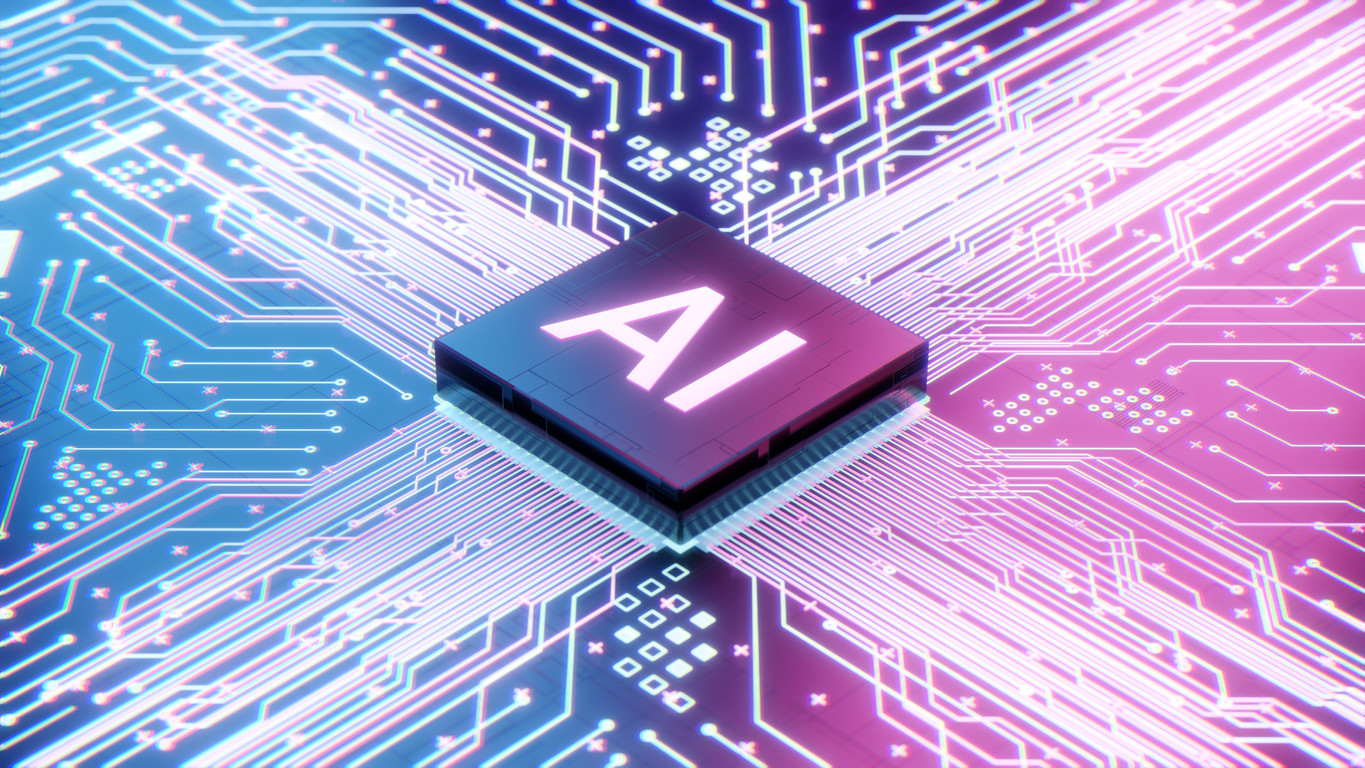Market Trends, Demand, and Strategies Q&A with Astute
Buyer News | 24-01-2024 | By Jack Pollard
Welcome to Electropages' exclusive Q&A with Astute Electronics, a leading player in the electronic components industry. In this discussion, we explore the 2024 Electronic Component Market Forecast, providing insights, predictions, and supply chain strategies. Astute Electronics' expertise guides us through key topics, including demand trends, pricing forecasts, emerging technologies, and best practices for a resilient supply chain. As 2024 approaches, this conversation offers valuable insights for navigating the ever-evolving electronics landscape.
Q: What electronic components are expected to be in high demand in 2024?
We anticipate a surge in demand for electronic components, particularly in growth sectors like IoT, renewable energy, healthcare, wearable technology, automotive (especially electric vehicles), and military and defence. As a result, microcontrollers, power management ICs, SOCs, low-power sensors, imaging chips, display technologies, and advanced connectors will remain in high demand. The growing innovation in Generative AI applications will also drive demand for chips from leading companies like Invidia, Google, GraphCore, and AMD. Keep an eye on this market in 2024 for potential price fluctuations.
Q: How are price trends for key electronic components expected to change in 2024?
We expect the semiconductor sales market to resume growth in 2024. Global semiconductor output in Q3 of this year exceeded expectations, raising hopes for the current and upcoming years. Prices of key electronic components are projected to rise due to various factors. The demand for smaller devices with greater functionality is driving up demand for microcontrollers, power management ICs, SOCs, and sensors. Furthermore, chip manufacturers are still recovering from production cuts, leading to price surges and longer lead times. Geopolitical tensions and increased global military spending are adding stress to the supply chain, resulting in more competition for crucial components. To navigate these challenges, buyers should prepare for fluctuating prices and consider strengthening supplier relationships.
Q: What are the current and emerging trends in the electronic component markets, and what are the projections for 2024?
AI, AI, and AI! New applications for AI are emerging daily. The 2024 generative AI-driven market opportunity is valued at approximately $50 billion, with projections reaching as high as $400 billion by 2027. However, we should remain cautious about the possibility of an AI chip bubble. AMD has announced a significant AI chip supply for next year, far exceeding the value of $2 billion. Growth is also expected in IoT/IIoT, with a projected annual growth rate exceeding 20%. Other sectors such as renewable energy, healthcare technology, wearable tech, and automotive EVs are also poised for growth, with projections indicating an 18% increase in the automotive EV industry. These trends suggest a shift toward advanced technologies, energy efficiency, and smart applications.

Q: What new products or innovations are on the horizon for 2024, and how can they benefit buyers?
The focus in 2024 will be on AI and IoT applications, energy-saving, and sustainable technologies. The integration of AI into various domains, including smart assistants and AI-enabled integrated circuits, is set to revolutionise the industry. New products offer enhanced efficiency, intelligence, and energy-saving capabilities. For instance, AI advancements enable more intelligent decision-making and automation, impacting various sectors, including agriculture and leak detection in the built environment. Innovations like asset-tracking solutions for manufacturing further demonstrate the industry's commitment to addressing emerging market needs and ushering in a new era of technological excellence.
Q: What strategies can electronic component buyers employ to mitigate supply chain disruptions now and in the future?
Geopolitical tensions are impacting the supply chain, necessitating that OEMs prepare for potential challenges in sourcing and pricing. Buyers should consider contingency plans, such as diversifying their supply chain, building robust supplier relationships, and remaining adaptable to rapidly changing market conditions. Preparing for potential delays and price surges due to competition for essential components and planning for alternative sourcing strategies in response to geopolitical shifts will be key to maintaining a steady supply chain. We recommend regular inventory reviews and a proactive and strategic approach to adapt to market changes while maintaining a balanced inventory.
Q: What are the best practices for cost-effective procurement in electronics for the current market and future predictions?
Designing standard components with multiple sources and testing and qualifying multiple parts early in the design process can mitigate risks related to future obsolescence or supply chain disruptions. We have strategically expanded our expertise in electronics, electrical, and electromechanical engineering, covering various areas, including semiconductors, power systems, interconnects, and discrete components. We encourage clients to select not only the latest technology but the optimal technology for the lifecycle of their systems, minimising obsolescence risks and extending operational life. Companies should take a strategic approach to inventory management, balance the risk of obsolescence, and regularly review inventory to identify slow-moving or at-risk items for cost-effective procurement.
Q: What strategies should buyers employ to reduce challenges associated with component obsolescence and end-of-life notices?
Buyers should focus on proactive obsolescence management, including planning for long-term component supply during the design and product definition phases to prevent premature product redesigns and requalification. Vigilant monitoring of market trends and regular checks on BOMs to identify potential obsolescence before it impacts operations are crucial. Employing strategies like cross-referencing obsolete parts, offering second sources ahead of EOL notices, and suggesting products unlikely to go obsolete at the design-in stage are effective approaches to mitigate challenges associated with component obsolescence.
Please visit https://www.astutegroup.com/ to learn more.

